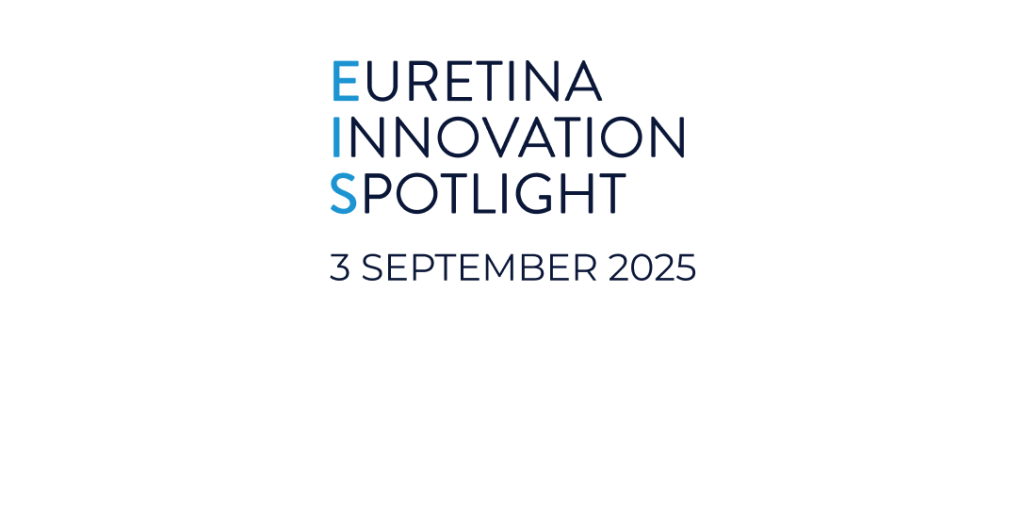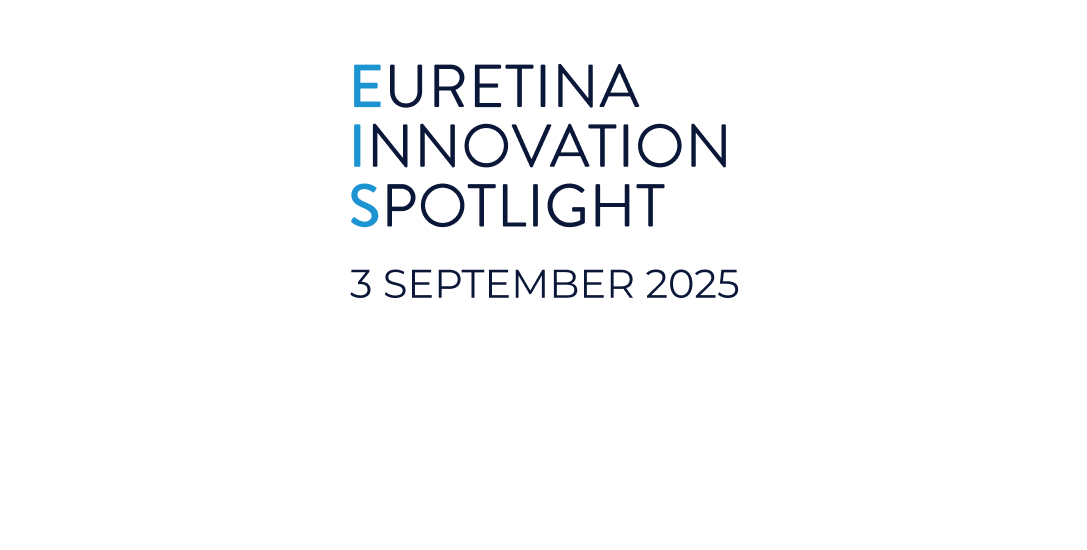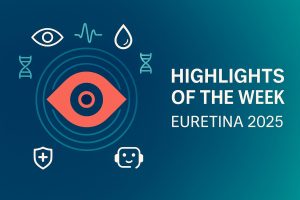Introducing the session on new treatments in ocular oncology, co-chair Dr Jens Kiilgard (Denmark) noted that at the start of his career in ophthalmology, enucleation or radiation were the only therapeutic options for patients with ocular tumours. “As we will hear today, there has been a revolution of treatment for both primary and systemic disease,” he said.
The session began with a presentation by Dr. Nikolaos Bechrakis (Germany) on belzutifan for vision-threatening retinal hemangioblastoma (RH) in von Hippel-Landau (VHL) disease. Belzutifan is an orally administered HIF-2α inhibitor. Its benefit for treating RH was first noted in patients with RH who were receiving the treatment for VHL-associated renal cell carcinoma.
Based on results in published papers and personal experience using belzutifan at his centre in Essen, Germany, Dr. Bechrakis concluded that it is a highly promising and effective rescue option if ablative treatment is sight-threatening. However, he noted the need to consider belzutifan’s potential adverse effects and recognise that the treatment is off-label in the EU and United Kingdom so that an individual funding request is required.
The remaining talks of the session related to treatments for uveal melanoma and began with Dr. Martina Angi (Italy) speaking about tebentafusp for metastatic uveal melanoma. Tebentafusp is a commercially available immunotherapy that is administered as weekly intravenous infusions. It targets melanoma-associated antigens that stimulate immune responses against gp-100-expressing melanoma cells. Considering this mechanism, however, only about 30% of patients with uveal melanoma are eligible candidates for the treatment.
After reviewing results associated with the use of tebentafusp, Dr. Angi noted that it is now being investigated as adjuvant treatment in an EORTC randomized phase 3 trial (ATOM) enrolling HLA-A*0201 positive patients with high-risk, non-metastatic uveal melanoma.
“The idea is to see whether by treating early, within 3 months from ocular treatment, we can lower the burden of metastasis and allow patients to live longer, which is the dream of ocular oncologists,” she said.
Speaking about oral darovasertib for uveal melanoma, Dr. Heinrich Heimann (UK) said, “This is a drug that is so promising that it will have an influence on every step of treatment of uveal melanoma in the near future. Only case reports and small case series have been published so far, but the initial reports are almost too good to believe.”
The available results show that treatment with darovasertib shrinks uveal melanoma by more than 30% in about 50% of patients. Therefore, it is thought to have potential as neoadjuvant therapy to avoid enucleation and to improve the results of radiotherapy. Studies are now underway investigating darovasertib for several applications: to avoid enucleation, to preserve vision in eyes with a smaller tumor, and as treatment for systemic disease.
Dr. Heimann presented data from a study conducted with Dr. Bertil Damato (United Kingdom) that aimed to estimate how many patients would be eligible for neoadjuvant therapy with darovasertib or other drugs to enable ruthenium plaque radiotherapy to conserve the eye, vision, and life itself and to determine how many eligible patients would have life-threatening genetic mutations in their tumor. As Dr. Heimann explained, the hope is that such studies characterising eligible patients will help to design clinical trials and help centres to decide whether they have enough patients to participate in these trials.
Dr. Sacha Nahon-Esteve (France) spoke about the promise of belzupacap sarotalocan (Bel-sar) as a non-destructive treatment for uveal melanomas that are located next to the optic nerve and the macula. Bel-sar is a new therapeutic modality, using virus-like drug conjugates (VDCs) derived from human papillomavirus. It is administered by suprachoroidal injection and then activated by a 689-nm diode laser. Dr. Nahon-Esteve reported that promising results were achieved in a phase 2 study, and a global phase 3 study (CoMpass) is currently underway aiming to enroll about 100 subjects.
This session will be available for all registered attendees on demand.









